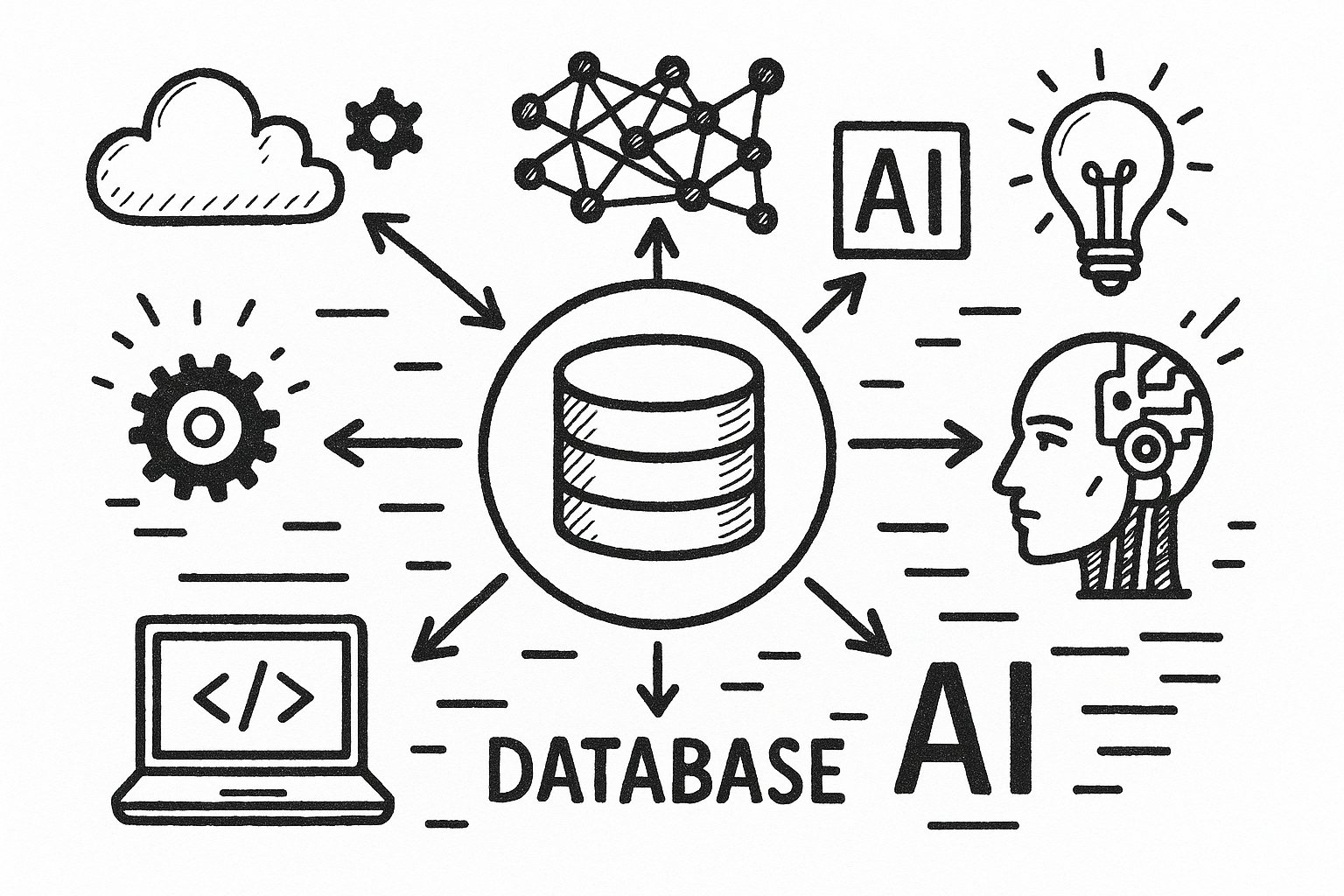The article “Why Amazon Seller Central Will Never Offer the Dashboard You Need to Manage Your Store” states that Amazon Seller Central will never be able to consolidate all the financial information you need to manage your business as, for instance, it does not allow you to add your products’ COGS (cost of goods sold), and if you sell in another storefront, let’s say Walmart or Shopify, Amazon doesn’t offer any way to add this “external” store’s information. In summary, with Amazon Seller Central, you have half a picture of your business financials.
Additionally, sellers like yourself will probably never add COGS or sales on other storefronts in Amazon Seller Central, giving Amazon the entire disclosure of your business. Do you agree?
This article shows how Amazon Seller Central also falls short on inventory management.
Except for sellers who only count on drop shipping to Amazon FBA (Fulfillment By Amazon), sellers usually use more than FBA as their distribution solution.
They may use 3PL suppliers or their own warehouses to manage inventory. In any case, products are stored within Amazon FBA and elsewhere on the supply chain.
Therefore, sellers usually have to move products around more often than sending them to the nearest Amazon FBA location.
If the seller uses FBM (Fulfillment By Merchant) or has other storefronts, they must fulfill directly to consumers, increasing the complexity of their supply chain structure even more.
How can you manage your entire inventory with Amazon Seller Central? You can’t! You can see all the details about products on FBA and track how many units are available to sell through FBM. However, you still cannot calculate the total number of units available to sell when inventory is in other locations on the supply chain.
The other crucial information related to inventory is forecasting sales to avoid stockouts and overstocking. For that, you need more than just the total quantity of products available for purchase in your inventory; you also need to calculate the total sales velocity, adding sales from Amazon and your other storefronts. Again, Amazon Seller Central does not know how many units you sell on other storefronts, so you will never be able to calculate the total sales velocity for a product using Amazon Seller Central.
The other data point sellers must keep track of is the lead time per SKU, or how many days before stock out you should order a product from your suppliers to supply FBA or FBM on time. Where do we add the lead time on Seller Central? We don’t!
To manage and optimize inventory, sellers must have easily accessible data from the whole business, suppliers, supply chain, and total orders. Here is where Defog can help. Defog automatically downloads inventory and sales data from Amazon Seller Central to a Google Sheets spreadsheet. You may then add data from other business sources and get the full picture. Give it a try.






